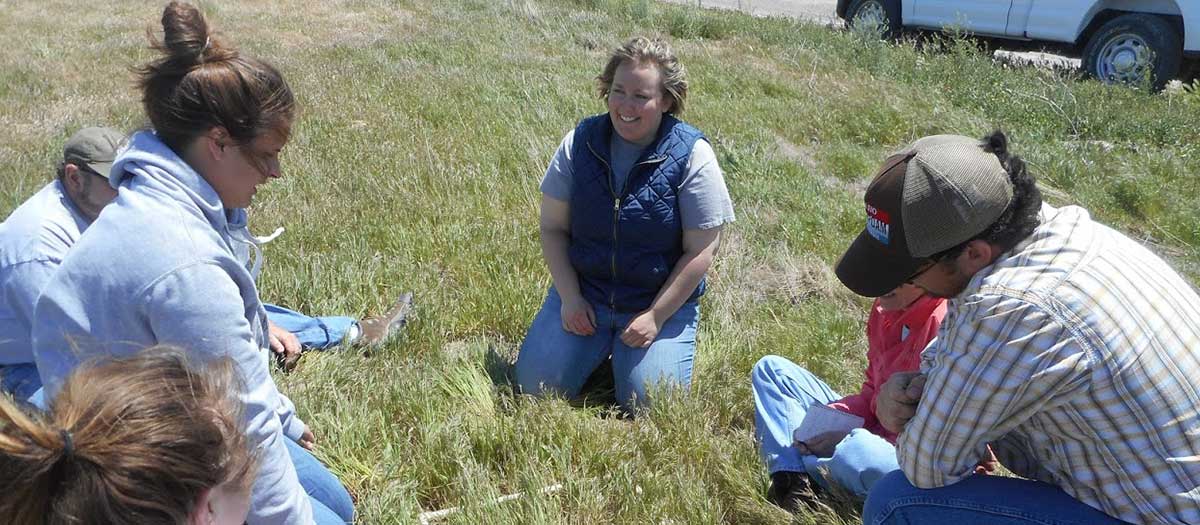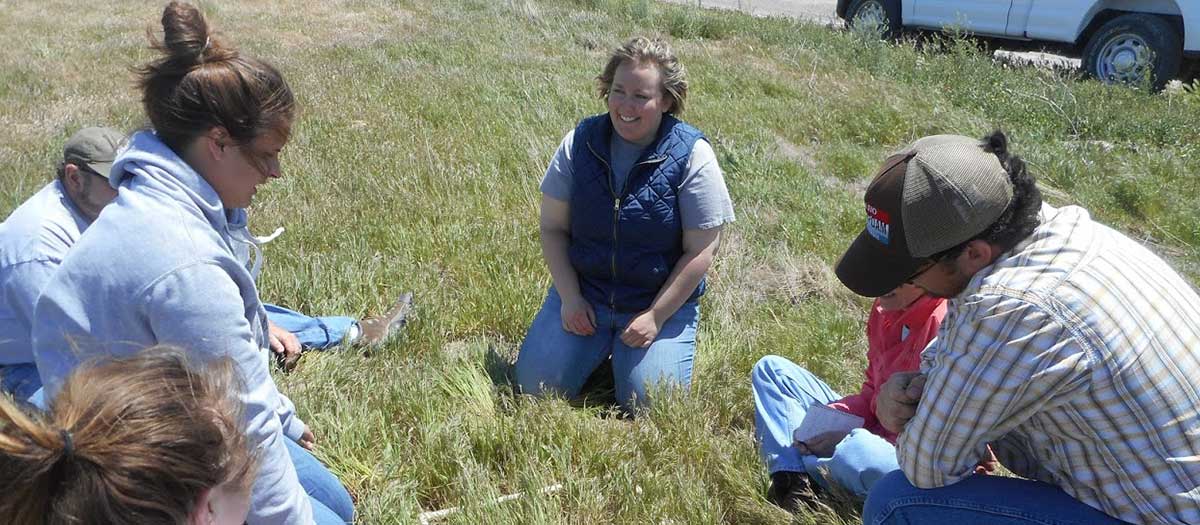Bacteria vs. Cheatgrass: Can a Tiny Organism Beat the Cheater?

The Challenge:
They call it cheatgrass because that is exactly what it does: It cheats. Unlike most native plants of our western rangelands that begin their reproductive cycle in the spring, the seeds of this invasive annual grass from Eurasia germinate in the fall. When spring arrives, those cheatgrass seedlings establish themselves at the head of the buffet line, hogging soil moisture and nutrients before native plants are ready to utilize them.
Cheatgrass (Bromus tectorum) occupies an estimated 100 million acres of rangeland throughout the West, dramatically altering wildlife habitat, livestock forage, and fire regimes. But a naturally occurring soil-borne bacterium has shown promise in suppressing cheatgrass. Dr. Ann Kennedy, a research scientist with USDA Agricultural Research Service in Pullman, WA, has discovered that Pseudomonas fluorescens colonizes the roots of certain annual grasses and inhibits cellular growth without affecting native and other desirable species. Could Pseudomonas be an effective and economical tool in beating the cheater and restoring western rangelands?
Our Response:
To address that question, UI Extension is leading a three-year scientific study of the effects of Pseudomonas on cheatgrass in Lincoln County, Idaho. During the summer of 2017, we will take vegetation measurements at 2 or 3 study sites to document the extent of cheatgrass infestation. This fall, when cool temperatures and soil moisture favor Pseudomonas, we will apply treatments on 4 distinct plots at each site: broadcast application of Pseudomonas; broadcast application plus tilling with a rangeland drill; Pseudomonas plus imazapic herbicide; and Pseudomonas without herbicide. Using a split-block design, we will re-seed half of each treated plot with native species and leave half unseeded. Each site includes an untreated control plot. Livestock grazing will be excluded from all plots during the study. We will take vegetation measurements three times each year following treatment to track the change in cheatgrass infestation, as well as the composition and condition of native and non-native species.
Outputs & Outcomes:
- The results of this study will provide private landowners and public lands managers with information on how to beat the cheater by optimizing the effectiveness of a biocontrol agent to suppress cheatgrass.
- Other outcomes include a peer-reviewed article and Extension workshops and publications.
Rangeland Center Members Involved:
- Carmen Willmore, UI Extension, Lincoln County
Partners & Supporters:
- UI Little Range Livestock Management Endowment
- Wood River Soil & Water Conservation District
- Private Landowners
- Idaho Department of Fish & Game
- USDA Natural Resources Conservation Service
- Tri-County Weed Control
- Idaho Soil & Water Conservation Commission







